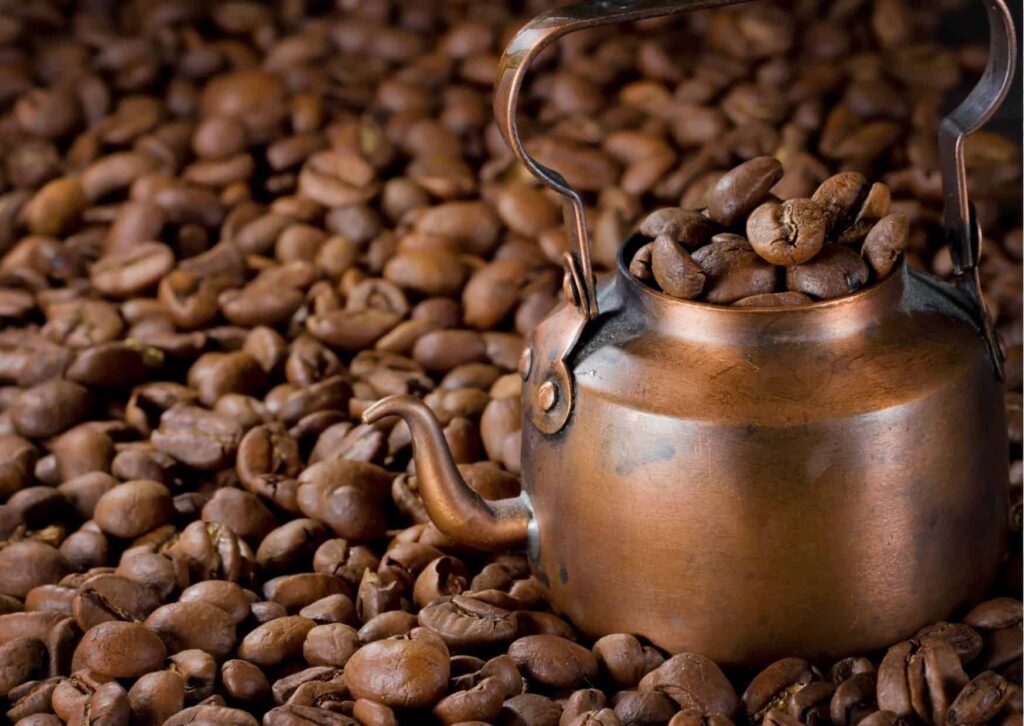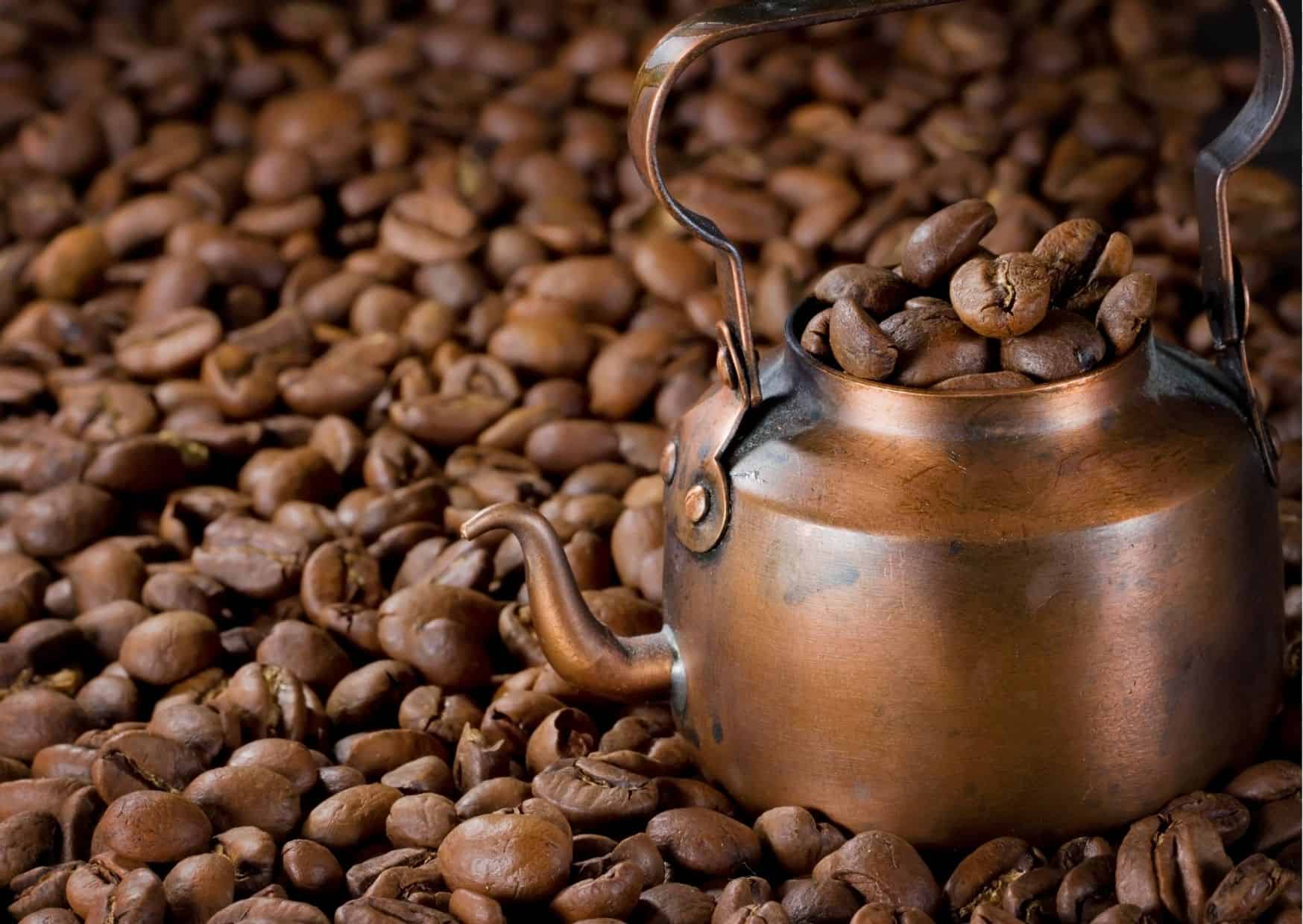
What Makes Espresso Beans Different: A Deep Dive into Quality and Flavor
The world of coffee is vast and varied, a swirling cosmos of aromas and tastes. Within this universe, espresso holds a special place, a concentrated elixir that forms the foundation for countless beloved beverages. But what sets the beans used for espresso apart from their more pedestrian counterparts? The answer, as with all things coffee, is complex and nuanced, involving factors from the bean’s origin and processing to the roasting profile and the final extraction method. This article will delve into the crucial elements that make espresso beans different, providing a comprehensive understanding of what elevates them to the status of espresso-worthy.
The Bean’s Beginning: Origin and Varietal
The journey of an espresso bean begins long before it meets the intense pressure of an espresso machine. The origin of the coffee cherry, the varietal of the coffee plant, and the altitude at which it is grown all play critical roles in determining the final cup’s flavor profile. While any coffee bean *can* be used to make espresso, certain origins and varietals are prized for their suitability.
Arabica beans are often favored for espresso due to their complex flavor profiles, which can range from fruity and floral to chocolatey and nutty. They typically offer a smoother, more nuanced taste than Robusta beans, which are known for their higher caffeine content and bolder, often more bitter, flavor. However, Robusta beans are sometimes included in espresso blends to add body, crema, and a caffeine kick. The specific origin of the beans also significantly impacts the flavor. Coffee from Ethiopia, the birthplace of coffee, often exhibits bright acidity and floral notes. Beans from Sumatra, Indonesia, are known for their earthy, full-bodied flavors. Understanding these origins is crucial to appreciating what makes espresso beans different.
The varietal of the coffee plant also contributes to the final taste. Some popular Arabica varietals used for espresso include:
- Typica: Considered one of the oldest varietals, Typica offers a balanced cup with good acidity and sweetness.
- Bourbon: Known for its sweetness and complexity, Bourbon often has notes of chocolate and caramel.
- Caturra: A mutation of Bourbon, Caturra is often used in blends and offers bright acidity.
- Geisha: Highly prized for its delicate floral and tea-like qualities, Geisha beans are often used in specialty espresso.
Processing Methods: Shaping the Bean’s Character
After the coffee cherries are harvested, they undergo a processing method to remove the outer layers and expose the green coffee beans. The processing method used has a profound effect on the flavor of the final espresso. There are three primary processing methods:
- Washed Process: This method involves removing the fruit from the bean through fermentation and washing. It typically results in a cleaner, brighter cup with more pronounced acidity.
- Natural Process (Dry Process): In this method, the coffee cherries are dried whole, allowing the fruit to impart flavors to the bean. Natural processed coffees often have a heavier body and a more intense, fruity sweetness.
- Honey Process: This method falls between washed and natural. Some of the fruit is left on the bean during the drying process, resulting in a sweet, syrupy cup with moderate acidity.
The choice of processing method can significantly impact what makes espresso beans different, contributing to the bean’s inherent characteristics and influencing its suitability for espresso.
Roasting: Unleashing the Potential
Roasting is where the magic truly happens. Green coffee beans are transformed through heat, developing complex flavors and aromas. The roasting profile, which includes the temperature, duration, and specific techniques used, is a critical factor in what makes espresso beans different.
Espresso beans are typically roasted darker than beans intended for drip coffee. This is because the high-pressure extraction of espresso requires a more developed bean to extract the desired flavors. Darker roasts often exhibit bolder flavors, such as chocolate, caramel, and a hint of bitterness, while lighter roasts may retain more of the bean’s origin characteristics, like acidity and fruitiness. The roast level is also crucial for crema production, the rich, foamy layer that sits atop a well-pulled espresso shot. A slightly darker roast generally produces a more robust and long-lasting crema.
Roasters carefully control the roasting process to develop the desired flavors. They monitor the bean temperature, color, and aroma throughout the roast, making adjustments as needed. This skill is what makes espresso beans different, as it allows roasters to craft beans specifically for espresso’s unique demands.
Blending: The Art of Harmony
While single-origin espresso is gaining popularity, many espresso blends are carefully crafted to achieve a balanced and complex flavor profile. Blending involves combining different beans from various origins or varietals to create a specific taste. This is another key element in what makes espresso beans different.
Blends can be designed to achieve various goals, such as:
- Balance: Combining beans with different characteristics to create a harmonious flavor profile.
- Complexity: Incorporating beans with diverse flavor notes to create a more interesting cup.
- Consistency: Ensuring a consistent flavor profile from batch to batch.
A well-crafted espresso blend often includes a combination of beans that provide body, acidity, sweetness, and aroma. The art of blending is about finding the right balance and creating a coffee that is greater than the sum of its parts.
Freshness: The Enemy of Espresso
Freshness is paramount when it comes to espresso. Roasted coffee beans begin to lose their flavor and aroma shortly after roasting, a process known as staling. This is a critical consideration in what makes espresso beans different.
For optimal espresso, it’s generally recommended to use beans within a few weeks of roasting. Storing beans properly, in an airtight container away from light, heat, and moisture, can help slow down the staling process. Grinding the beans just before brewing is also essential, as ground coffee stales much more quickly than whole beans. Using fresh beans is a key factor in achieving a rich, flavorful espresso shot.
Grinding: Precision for Perfection
The grind size is a crucial factor in espresso extraction. The fine grind size is a defining characteristic of what makes espresso beans different when preparing the beverage. Espresso machines use high pressure to force hot water through finely ground coffee, extracting the flavors.
The grind size must be precise. If the grind is too coarse, the water will pass through too quickly, resulting in an under-extracted, sour shot. If the grind is too fine, the water will struggle to pass through, resulting in an over-extracted, bitter shot. Finding the correct grind size requires experimentation and careful adjustments to the grinder. A burr grinder is essential for achieving a consistent and uniform grind, which is critical for quality espresso.
Extraction: The Culmination of Craft
Finally, the extraction process itself is what brings all the elements together. The espresso machine, the grind, the tamping, the water temperature, and the pressure all come together to create that perfect shot. Understanding the extraction process is key to appreciating what makes espresso beans different in the final product.
The ideal extraction time for espresso is typically between 25 and 30 seconds. The resulting shot should have a rich, syrupy body, a balanced flavor profile, and a beautiful crema. Variations in the extraction time and the amount of coffee used can significantly impact the taste. The barista’s skill and attention to detail are critical in achieving a perfect extraction.
The Bottom Line: A Multifaceted Equation
What makes espresso beans different is not a single factor but a complex interplay of elements. From the bean’s origin and varietal to the roasting profile, blending, freshness, grind size, and extraction method, each stage contributes to the final cup’s unique characteristics. Espresso is a craft, requiring knowledge, skill, and a deep appreciation for the intricacies of coffee. Understanding these differences allows coffee enthusiasts to appreciate the nuances of flavor and to seek out the best possible espresso experience. Furthermore, the careful selection and preparation of espresso beans are what differentiate a good cup from a truly exceptional one, elevating the experience to an art form.
The selection of beans is a crucial step in the process. The origin, varietal, and processing methods all contribute to the bean’s inherent characteristics. Roasting is where the green beans are transformed, and blending allows for creating a balanced and complex flavor profile. The freshness of the beans is vital, and the grind size must be precise for optimal extraction. Finally, the extraction process itself, with the espresso machine, grind, tamping, water temperature, and pressure all come together to create the final product. All these aspects are what makes espresso beans different and contribute to the unique experience of drinking espresso.
Ultimately, the journey from the coffee cherry to the espresso cup is a testament to the dedication, skill, and passion of everyone involved, from the farmer to the barista. Appreciating what makes espresso beans different is the first step towards truly savoring the complex and captivating world of espresso.
[See also: How to Choose Espresso Beans, Espresso Brewing Guide, The Best Espresso Machines]


